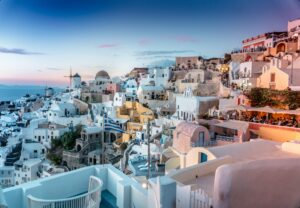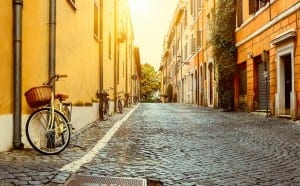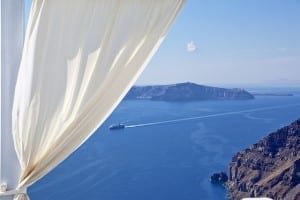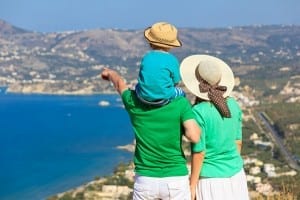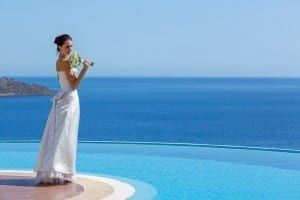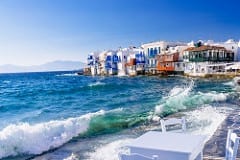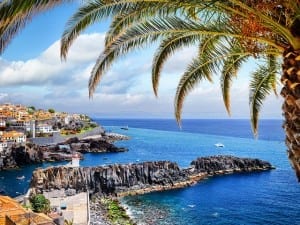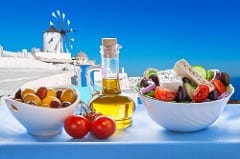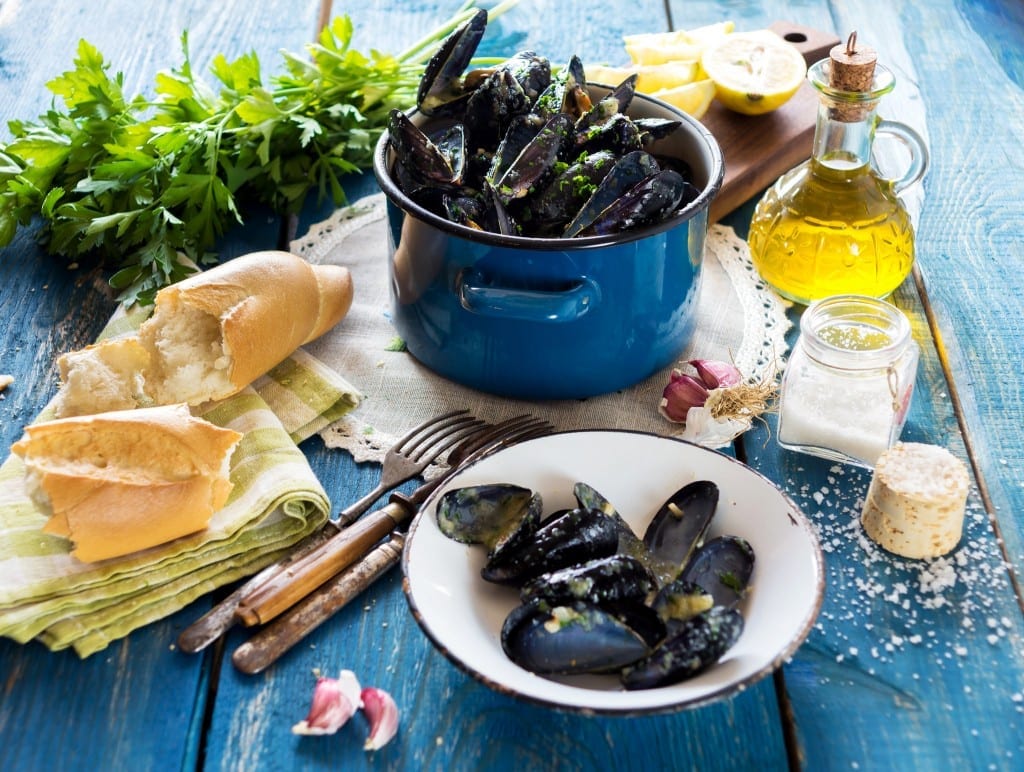
-
Departs : Year-Round
Tour Overview:
What makes Croatia interesting for wine lovers is the wide variety of wine categories and grape types grown throughout centuries in limited space. Croatia is divided into two main wine making regions: the continental and coastal region. The delightful continental region with its unspoiled countryside covered with fruitful plains and forests in Slavonia and the amazing green hills in Zagorje and Međimurje are the main providers of white wine varieties. The most widely planted vine is Graševina, which yields light and mildly aromatic wines. Pinot Blanc, Chardonnay and Sauvignon Blanc are also grown here, along with Frankovka as the main red wine grape. The food specialties of the Slavonian area abound with hot spices, home grown ingredients and meat. The famous paprika flavored sausage, kulen, is usually served with cottage or dried cheese followed by goulash meat stew or freshwater river fish paprikash. The lovely wine roads of Međimurje and Zagorje, offer a great variety of traditional family run estates where you can taste some famous local cheese pastries such as štrukle or a slice of slow roasted turkey served with mlinci, a sort of special baked noodle. Along the Adriatic coast small wine growing and olive oil estates can be found almost everywhere. Authentic stone villages and olive mills scattered all over the Istrian Peninsula will transport you to the past. This area is known for producing the Bordeaux reds like Merlot and Cabernet Sauvignon but also by the deep and intense colored Teran, considered the indigenous wine of Istria, together with white Malvazija. One of the most recognizable culinary treasures of this area is the world known Istrian white truffle. The passionate admirers of this delicacy are already familiar with the incredible finding of the world’s largest truffle (2.88 lbs) in the depth of the beautiful Istrian inland. The outstanding scenery of the Dalmatian coast and its undisturbed Mediterranean vegetation is home to a stunning pallet of indigenous grape types. Tasting one of the most regarded Croatian red wines such as Postup and Dingač will take you to a fulfilling journey your senses will never forget! The Dalmatian cuisine closely related with the Adriatic sea and consists a great variety of sea food dishes such as fish stewed brodettos or risottos. Fresh Adriatic fish is usually grilled with local olive oil and served with boiled vegetables which make this cuisine one of the healthiest in the world. A must-try is also Dalmatian and Istrian dried ham.
Day 1: Arrival into Dubrovnik
Welcome to Croatia! Arrive and check in to your hotel. A three course welcome dinner will be served in the hotel restaurant. Overnight.Day 2: Dubrovnik Gourmet City Tour
After breakfast in your hotel, enjoy a morning visit to the ancient medieval town of Dubrovnik, where you will see Rector’s Palace, Franciscan Monastery & the Cathedral. This ancient city, included in UNESCO World Heritage Site list, is a remarkably well-preserved example of a late-medieval walled city containing a regular street layout, architectural and cultural masterpieces carefully preserved for centuries with enchanting beauty. Enjoy a short break with refreshment and tasting of traditional sweets and candies such as arancini (candied orange peel), caramelized almonds and dried figs produced in a local boutique shop according to old Croatian recipes. Lunch will be served in a restaurant where local delicacies such as Dubrovnik green manestra (cabbage and smoked meat stew) or marinated tuna fish, prepared in the old Dubrovnik style, will be served. After lunch, enjoy some time at leisure. Dine in a local restaurant where a typical three course fish dinner will be served. Overnight in your hotel.Day 3: Dubrovnik, Konavle & Split
Following breakfast in your hotel, depart for an excursion to Konavle, a region where natural beauties contrast: mountains and valleys, green hills and naked stone. The preserved precious rural architecture, numerous monuments and centuries old traditions have been kept through local folklore and traditional costumes. Enjoy a lunch prepared with homemade products, to be served in a traditional local restaurant. Naturally, a good meal asks for a good wine. Konavle, counting also its wine-growing district to its landmarks, has an appropriate production of quality and autochthonous wines. Next to the internationally known types of wine such as Merlot and Cabernet Sauvignon , Konavle also has numerous local and cultivated autochthonous types, such as Plavac Mali, Kadarun, Dalmatinka and others. Amongst them, the indigenous type of the Dubrovnik Malvasia Blanc takes a special place. It has been almost completely destroyed, and great importance was placed on its preservation and renewal. After lunch, transfer to Split. Check into your hotel in the late afternoon. After refreshments, dinner will be served in a local restaurant. Overnight in your hotel.Day 4: Split & Trogir
Enjoy breakfast at your hotel and take a morning visit of Split, a 1700-year-old city located in the heart of Central Dalmatia. The Roman emperor Diocletian ruled the world from this city, leaving an inheritance of architecture which takes ones breath away. Split will impress you with the southern temperament of its citizens, its beautiful promenade and historic past. Split’s charm is simply irresistible! Enjoy lunch in a local restaurant, where you will be introduced to one of the most common dishes favored in Dalmatia, the famous brodetto, which can be prepared in many different variations. After lunch, transfer to Trogir. Trogir is also known as little Venice, a town-museum of medieval heritage. Its history dates back to the Hellenic times, when it was known as Tragurion. UNESCO recognized its values and included it in the registry of world heritage monuments in 1997. Trogir is a place of quaint narrow streets, known for its city square and loggia, and exceptional restaurants which make this a “must visit” on all Croatian itineraries. Your afternoon is free. A typical Mediterranean dinner will be served in a local charming restaurant. Return to Split and overnight in your hotel.Day 5: Split, Metkovic & Ston
This morning following breakfast, transfer to Metković the main central settlement of the delightful Neretva river canyon. You will enjoy local gastronomic specialties with choices of fish; meat or vegetarian dishes. These include eels, frogs, liska, and the famous Neretva fish stew known as Neretva Brudet in a local restaurant. Continue through Dubrovnik coastline to the village of Ston on Peljesac peninsula. Ston was a major fort of the Ragusan Republic whose defensive walls were regarded as a notable feat of medieval architecture. The town’s inner wall measures 973 yards in length, while the Great Wall outside the town has a circumference of 3.1 miles. The walls extend to Mali Ston (Little Ston), a smaller town on the northern side of the Pelješac isthmus and the end of the Bay of Mali Ston, notable for its maritime culture. Ston is also known for one of the world’s oldest salt works which were run by the Republic of Ragusa and the Ottoman Empire. Dinner will be organized in one of the local restaurant famous for its seafood menus which include local oysters and mussels. Overnight in Ston.Day 6: Ston, Peljesac Wine Tour & Korcula
Enjoy breakfast at the hotel. Today, you will experience a wine tour of the Peljesac peninsula, a region that was cultivated as far back as the prehistoric and ancient times. One of Peljesac most famous wine sorts is Dingač, an excellent quality wine representative as one of the best red wines Croatia has to offer. Southern stone slopes of Dingač site on Pelješac peninsula are home to the indigenous grape sort Plavac Mali which grows here with high quality. The landscape is characterized by marked sunlight and glows from vast areas of sea, supplemented with ideal climate that gives Plavac Mali its exceptional characteristics. This is a high quality wine, completely ecological. The area beneath Dingač is strictly controlled, and grapes are picked manually. The wine is of dark ruby color and excels in fullness of taste, lightly sour and yet harmonious taste, resides in the mouth for a long time. Postup, another famous wine sort is located on the south side of Pelješac, not far from Dingač, between Mokalo and Trstenik, gives more in quality than it takes in quantity of sun nurtured grapes of Plavac Mali. Postup is of dark ruby color, full and harmonious in taste, ideally complementing dark meat meals, wild game, roasted blue fish or squids served for lunch. In the late afternoon, take a boat transfer from Orebić to Korčula. Dinner in a local restaurant. Overnight in your hotel in Korcula.Day 7: Dubrovnik & Konavle
Breakfast at the hotel. This morning, you will visit Korčula, known as the birth-place of Marko Polo. This town has been justly called a little Dubrovnik due to its picturesque squares and medieval atmosphere. Whilst the works of skilful Korčula stone masons cause us to marvel at its architecture, the dance of Moreška brings liveliness to the streets of Korčula, as one of the three dances you can see only on this exceedingly beautiful island! Olive oil & wine tasting will be organized before lunch in a local restaurant. In the afternoon transfer to Dubrovnik, where a farewell dinner will be organized. Overnight in your hotel in Dubrovnik.Day 8: Dubrovnik & Departure
Breakfast at the hotel. Transfer to the Dubrovnik airport for departure.
-

1 nights at selected Ston hotel & 1 night at selected Korcula hotel including service fees, taxes and daily breakfast




2 nights at selected Split hotel including service fees, taxes and daily breakfast




3 nights at selected Dubrovnik hotel including service fees, taxes and daily breakfast


Seven dinners & six lunches (excluding drinks)


Three wine-tastings
Transportation as per itinerary
-
Starting room type used at each hotel
-
-
-
Hello


